Beyond the Minimum: Why You Need More Than State Minimum Insurance Coverage
When it comes to car insurance, most states require drivers to carry a minimum level of coverage to legally operate a vehicle. While meeting these minimum requirements is essential for staying on the right side of the law, it's often not enough to fully protect you in case of an accident. In this blog, we'll explore why you should consider having more than just the state minimum coverage.
Understanding State Minimum Insurance Requirements
Each state sets its own minimum insurance requirements for drivers. These typically include:
- Bodily Injury Liability Coverage: This covers medical expenses and related costs if you injure someone in an accident.
- Property Damage Liability Coverage: This covers the cost of repairing or replacing another person's property (usually their vehicle) that you damage in an accident.
- Personal Injury Protection (PIP) or Medical Payments (MedPay): Some states require PIP or MedPay coverage to help pay for your medical expenses and those of your passengers, regardless of fault.
- Uninsured/Underinsured Motorist Coverage: A few states mandate this coverage, which helps protect you if you're involved in an accident with a driver who lacks insurance or doesn't have enough coverage to pay for your damages.
Reasons to Consider More Than the State Minimum
- Greater Financial Protection:
- Medical Expenses: State minimum coverage for bodily injury may not be sufficient to cover the medical bills if you're at fault in a severe accident. Without enough coverage, you may be personally responsible for the remaining costs.
- Property Damage: If you cause an accident that results in significant property damage to another vehicle or other property, state minimum property damage liability limits may not be enough to cover the full cost of repairs or replacements.
- Protecting Your Assets:
- Personal Liability: If your insurance coverage doesn't fully cover the expenses resulting from an accident you caused, your personal assets, such as savings, home, or other valuables, could be at risk if the injured party decides to sue you.
- Coverage for Your Own Damages:
- Your Vehicle: State minimum liability coverage doesn't pay for damages to your own vehicle in an accident. To ensure your vehicle is protected, you'll need additional coverage like collision and comprehensive insurance.
- Legal Requirements in Some Cases:
- Lenders and Leasing Companies: If you're financing or leasing a vehicle, your lender or leasing company may require you to have comprehensive and collision coverage, which goes beyond state minimums.
- Peace of Mind:
- Uninsured/Underinsured Motorist Coverage: Even if your state doesn't require this coverage, it can provide essential protection in case you're involved in an accident with an uninsured or underinsured driver.
How Much Coverage Should You Have?
The amount of coverage you need depends on various factors, including your financial situation, the value of your assets, your driving habits, and your risk tolerance. It's a good idea to consult with an insurance agent to assess your specific needs and determine the appropriate coverage limits for your situation.
Conclusion
While meeting your state's minimum insurance requirements is mandatory, it's often insufficient to provide adequate protection in the event of an accident. Investing in higher coverage limits and additional types of coverage can provide greater financial security, protect your assets, and offer peace of mind on the road. Ultimately, having more than just the state minimum coverage can be a wise and responsible decision for your financial well-being.

